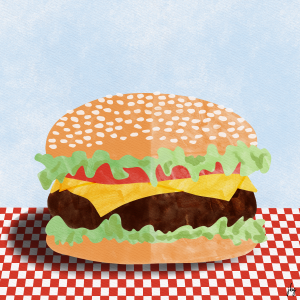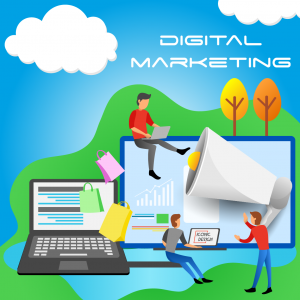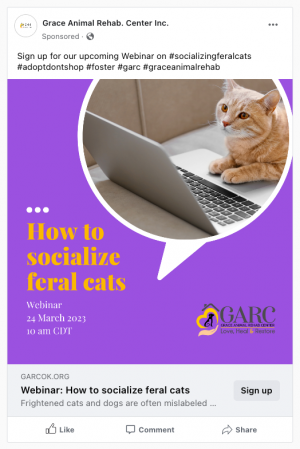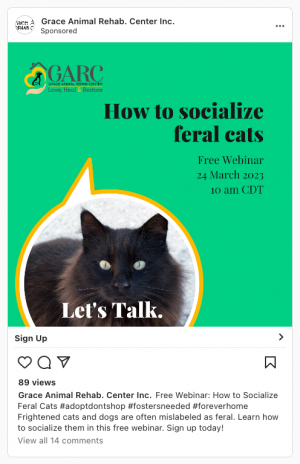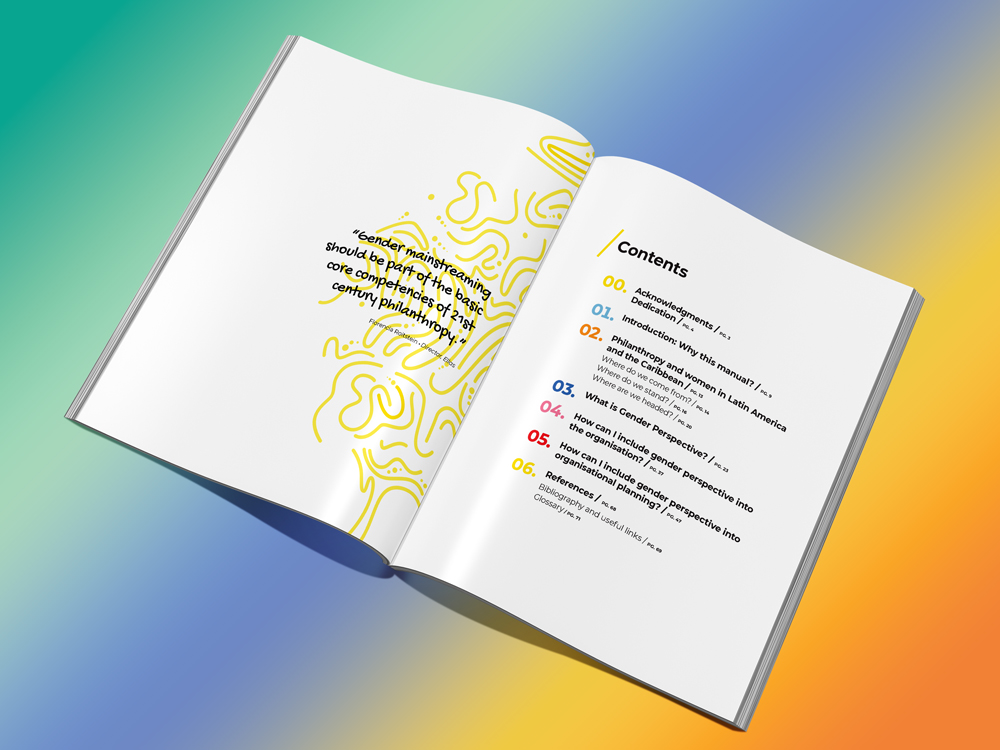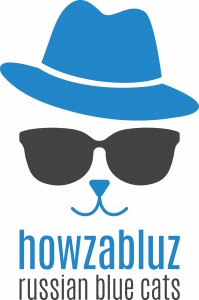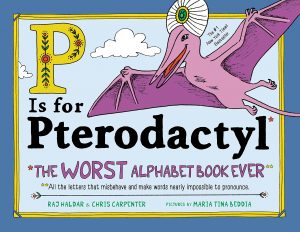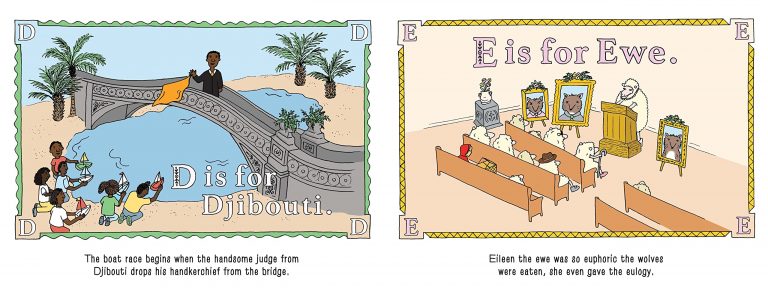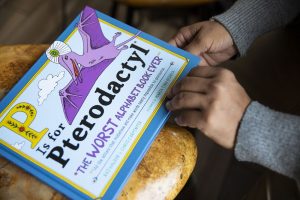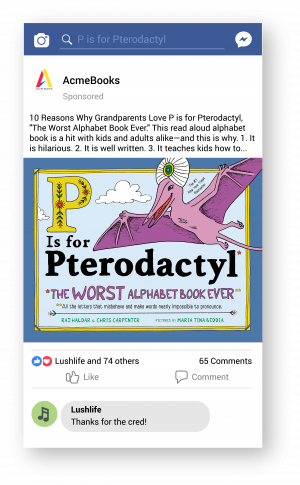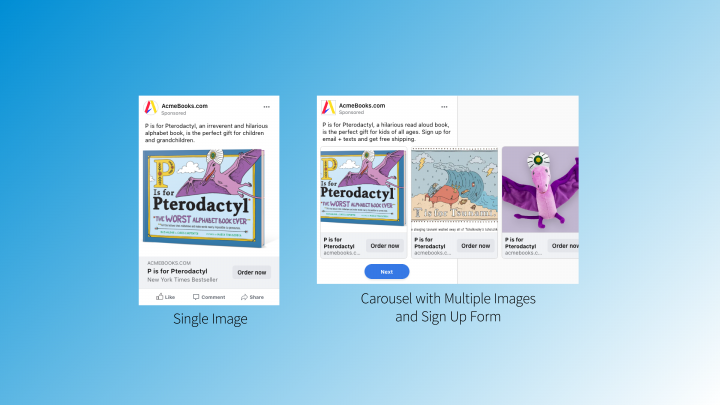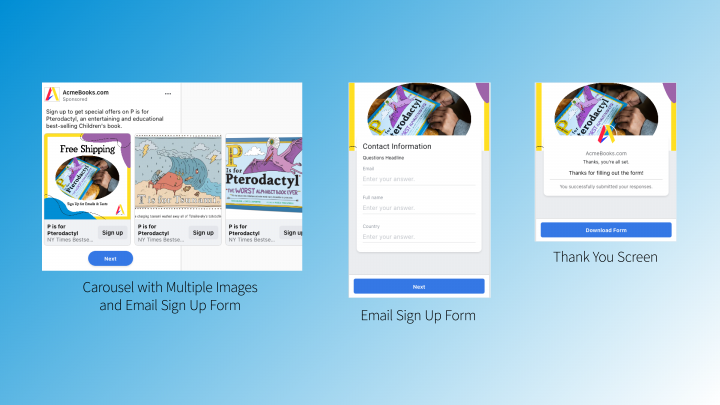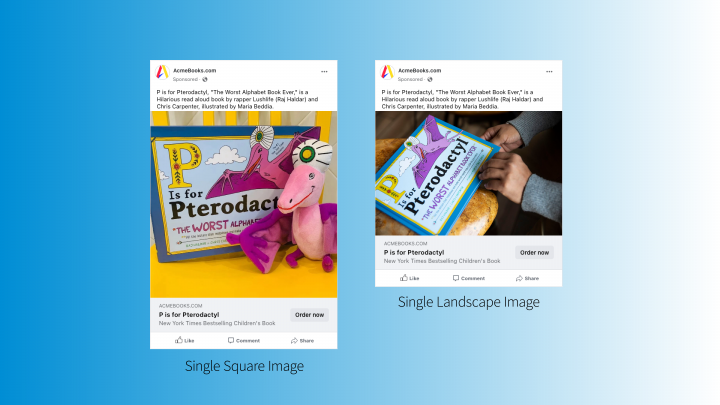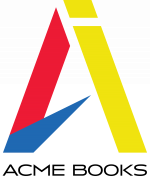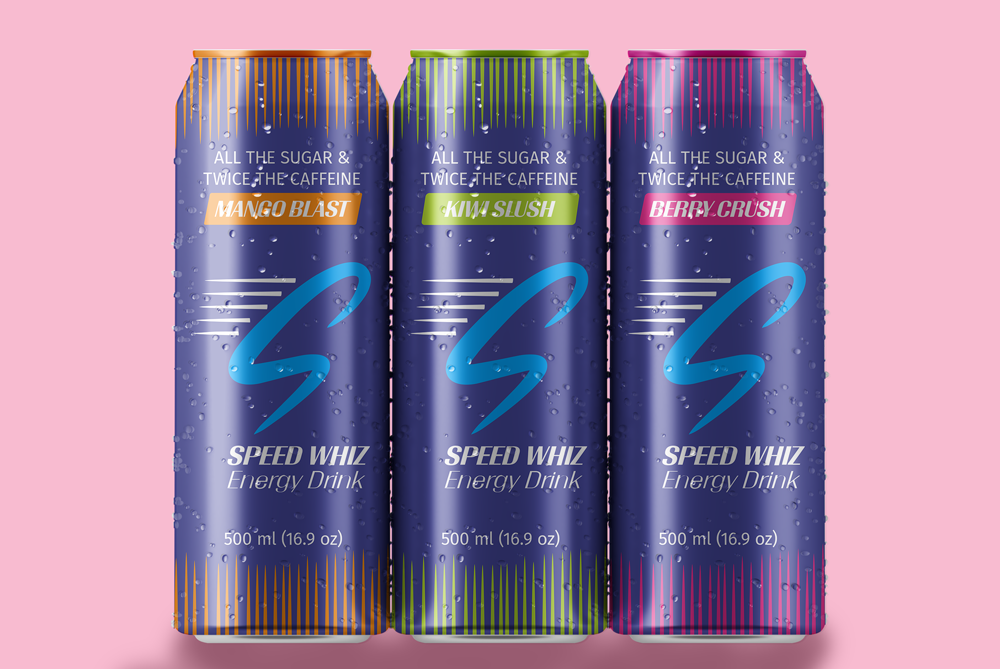You are creative, have a number of graphic design projects in your portfolio, and want to work for yourself. What does it take to become a freelance graphic designer, and a successful one?
Becoming a successful freelancer—in any field—requires thought and planning. Running a solo practice can be a challenge, but I think I can help. Here are twelve things I have learned in leading a solo practice for 20-some years.
1. Know your motivation
Are you motivated by the freedom to select clients and projects, focus on a distinct niche, do hybrid/remote work, lifestyle flexibility, or other reasons?
Are you willing to put in the effort? Can you balance work and life demands?
2. You need creative skills, and then some...
As a freelancer, you will be running a small business, whether you realize it or not. You need business, financial, marketing, and people skills—on top of graphic design talent and expertise.
You will be responsible for sales and marketing; proposal writing; invoicing and accounting—and graphic design work!
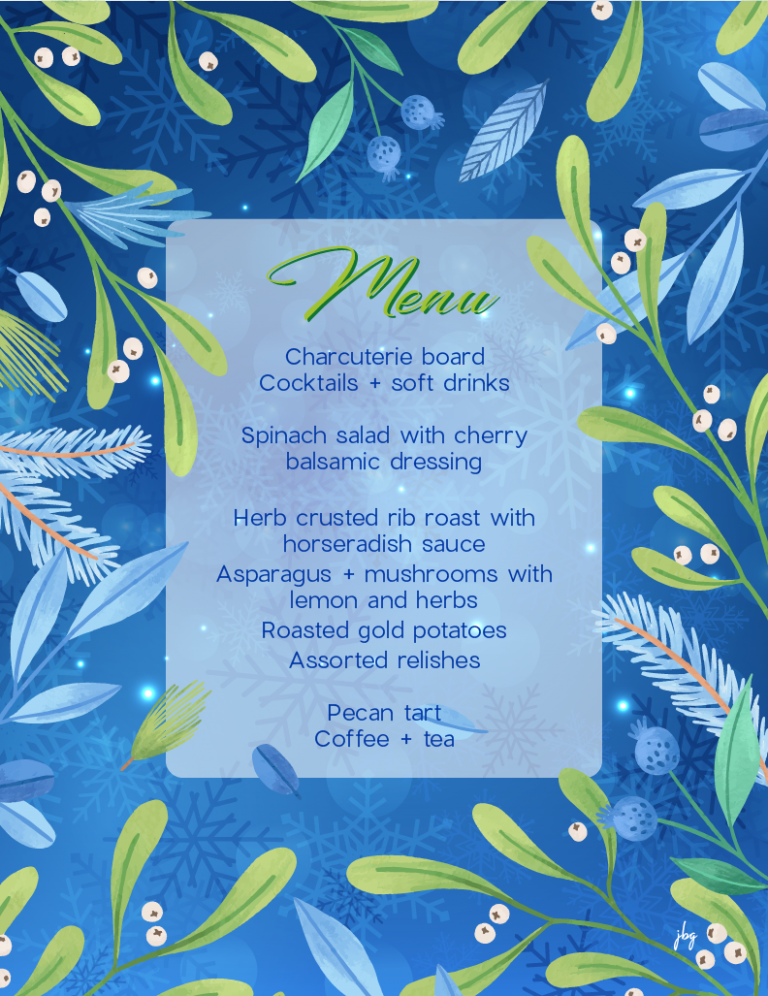
3. Freelancing is NOT a hobby
Treat freelance graphic design work as a business, not a hobby. Set up a studio or office where you you can work without distractions. Whether or not you work from home, have regular office hours—on your own schedule. Just make time to communicate with clients on their schedules.
4. Develop a business plan
Once you have a few clients and know what you’d like to do, make a simple business plan. This is especially important if you want to get a small business loan, apply for a grant, or obtain business credit. Have someone review your plan and provide feedback before you finalize the plan.
The plan gets you to think about what you really want to do. What is your vision? What type of projects do you prefer? Who is your target client base? What is your timeline? What is your budget, and how do you set rates for your services? What are your startup costs?
5. Save 6-12 months' expenses
It may take a while for the first client payments to arrive, and you may not have an even cash flow month-to-month. Save 6-12 months’ living expenses before you start. Maintain this reserve fund and add to it as often as you can.
6. Know what you don't know
You’re not expected to be a Jack/Jill of All Trades, so know what you don’t know. Get legal and financial advice as needed to set up your business, provide standard graphic design contracts, and to plan routine cash flow and paying taxes. Develop relationships with legal and financial experts so you can call them for advice on a moment’s notice.
7. Be professional
Avoid cute business names, though it’s OK to be clever! Act like a professional. Dress appropriately. Have business cards available—yes, people still use business cards! Avoid acting too casual on sales calls or in client meetings. Be aware of post content in personal social media accounts.
8. Network, network, network
Don’t underestimate the value of networking. Network to learn your market niche. Find local chapters of professional organizations for graphic design, and for specific niches like illustration, web and user interface design, advertising, package design. Consider attending local Chamber of Commerce, Rotary or similar meetings. All of these can teach you about business and can lead to new work.
8. Learn from others
Just because you are a freelancer, you need not isolate yourself. If you want to be a great illustrator, seek out role models, and get to know them and how they work. If you want to be package designer, then reach out to an expert in this field. You may find a mentor this way… I did!
10. You are valuable
Your time and expertise are valuable. Do not work for free, or for bargain rates, to build your portfolio. Professional associations frown on this behavior, as it cheapens the graphic design profession. Clients who ask you to work at bargain rates likely do not value your services, and will not pay your full rates in the future.
11. Be a leader
Once you focus on your graphic design niche, become a leader in that area. Develop a terrific portfolio and put it online to reach a wide audience. Get client testimonials. Write a blog and spread the word. Use social media for marketing your graphic design services.
12. Keep on learning
Continuing education is critical in graphic design, especially with developments in technology. Keep your skills up to date with formal and informal training. I am a firm believer in lifelong learning.

